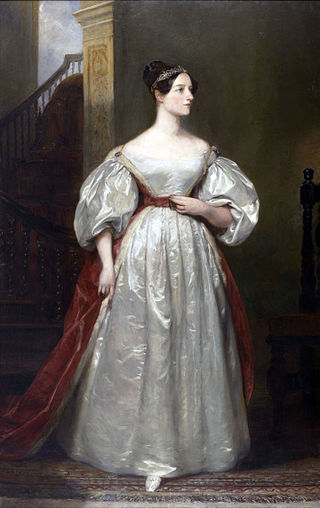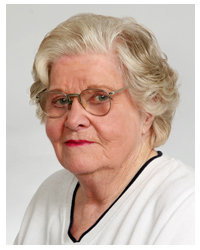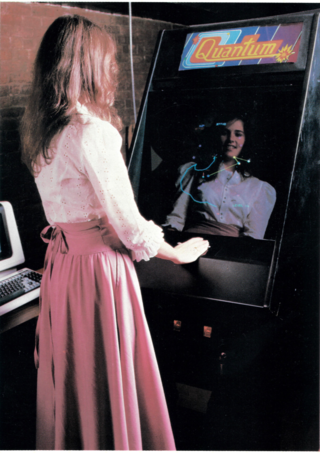
The history of computing is longer than the history of computing hardware and modern computing technology and includes the history of methods intended for pen and paper or for chalk and slate, with or without the aid of tables.
Freelance, freelancer, or freelance worker, are terms commonly used for a person who is self-employed and not necessarily committed to a particular employer long-term. Freelance workers are sometimes represented by a company or a temporary agency that resells freelance labor to clients; others work independently or use professional associations or websites to get work.

Women in computing were among the first programmers in the early 20th century, and contributed substantially to the industry. As technology and practices altered, the role of women as programmers has changed, and the recorded history of the field has downplayed their achievements. Since the 18th century, women have developed scientific computations, including Nicole-Reine Lepaute's prediction of Halley's Comet, and Maria Mitchell's computation of the motion of Venus.

Mary Lee Berners-Lee was an English mathematician and computer scientist who worked in a team that developed programs in the Department of Computer Science, University of Manchester Mark 1, Ferranti Mark 1 and Mark 1 Star computers. She was the mother of Sir Tim Berners-Lee, the inventor of the World Wide Web, and Mike Berners-Lee, an English researcher and writer on greenhouse gases.

Frances Elizabeth Holberton was an American computer scientist who was one of the six original programmers of the first general-purpose electronic digital computer, ENIAC. The other five ENIAC programmers were Jean Bartik, Ruth Teitelbaum, Kathleen Antonelli, Marlyn Meltzer, and Frances Spence.

Jean Bartik was one of the original six programmers of the ENIAC computer.

This is a timeline of women in computing. It covers the time when women worked as "human computers" and then as programmers of physical computers. Eventually, women programmers went on to write software, develop Internet technologies and other types of programming. Women have also been involved in computer science, various related types of engineering and computer hardware.
Janet Abbate is an associate professor of science, technology, and society at Virginia Tech. Her research focuses on the history of computer science and the Internet, particularly on the participation of women in the field. Janet Abbate is also the author of Inventing the Internet, Standards Policy for Information Infrastructure, and Recoding Gender Women’s Changing Participation in Computing. Janet Abbate also attended The University of Pennsylvania for her Ph.D.
Judith A. Clapp is a computer scientist who began her career at the Massachusetts Institute of Technology (MIT) and subsequently moved to the Lincoln Laboratory and then to MITRE, where she was a leader in the Semi-Automatic Ground Environment (SAGE) military project, including the development of the SAGE computer.
Hilary J. Kahn (1943–2007) was a South African British computer scientist who spent most of her career as a professor at the University of Manchester, where she worked on computer-aided design and information modelling. Kahn participated in the development of the Manchester MU5 computer. Later she became involved in standards development and was both the chair of the Technical Experts Group and a member of the Steering Committee for the development of the EDIF standard. Kahn retired from Manchester in 2006 and died in 2007.
Mary Clare Coombs was a British computer programmer and schoolteacher. Employed in 1952 as the first female programmer to work on the LEO computers, she is recognised as the first female commercial programmer. The National Museum of Computing documents her contribution.

Gender disparity in computing concerns the disparity between the number of men in the field of computing in relation to the lack of women in the field. Originally, computing was seen as a female occupation. As the field evolved, so too did the demographics, and the gender gap shifted from female dominated to male dominated. The believed need for more diversity and an equal gender gap has led to public policy debates regarding gender equality. Many organizations have sought to create initiatives to bring more women into the field of computing.
Eleanor D. L. Ireland was an early British computer scientist and member of the Women's Royal Naval Service.
Frances Frei is a Professor of Technology and Operations Management and the course lead for first-year diversity and inclusion studies at Harvard Business School. She has worked for Uber and been on the board of directors at WeWork.
Ann Hardy was an American computer programmer and entrepreneur, best known for her pioneering work on computer time-sharing systems while working at Tymshare from 1966 onwards.
Sylvia B. Wilbur was a British computer scientist who helped develop the ARPANET, was one of the first to exchange email in Britain, and became a leading researcher on computer-supported cooperative work.

F International was a British freelance software and systems services company, founded as Freelance Programmers in England in 1962, by Dame Stephanie Shirley; she was involved in the company until she retired in 1993. The company was renamed in 1974 to F International. In 1988 the company was renamed again, to The FI Group, and later as Xansa plc. Xansa plc was acquired by the French company now known as Sopra Steria in 2007.
Susan Bond, was a scientific officer and computer programmer for the Mathematics Division of the Royal Radar Establishment (RRE) in the United Kingdom. She worked extensively on the programming language ALGOL 68 and the Royal Radar Establishment Automatic Computer (RREAC), an early solid-state electronics, ICL 1907F computer.
Bobby Hersom is a British mathematician and computer scientist known for her early work on computers at Elliott Brothers, Hatfield Polytechnic, and the Rothamstead Agricultural Research Station.

Elizabeth (Betty) Ryan is an American game developer and programmer. She worked for General Computer Corporation (GCC) in the 1980s and was the 9th employee and first woman video game programmer at GCC. She programmed the 1982 Atari, Inc. arcade game Quantum as well as working on games for the Atari 2600, Atari 5200, and Atari 7800.








